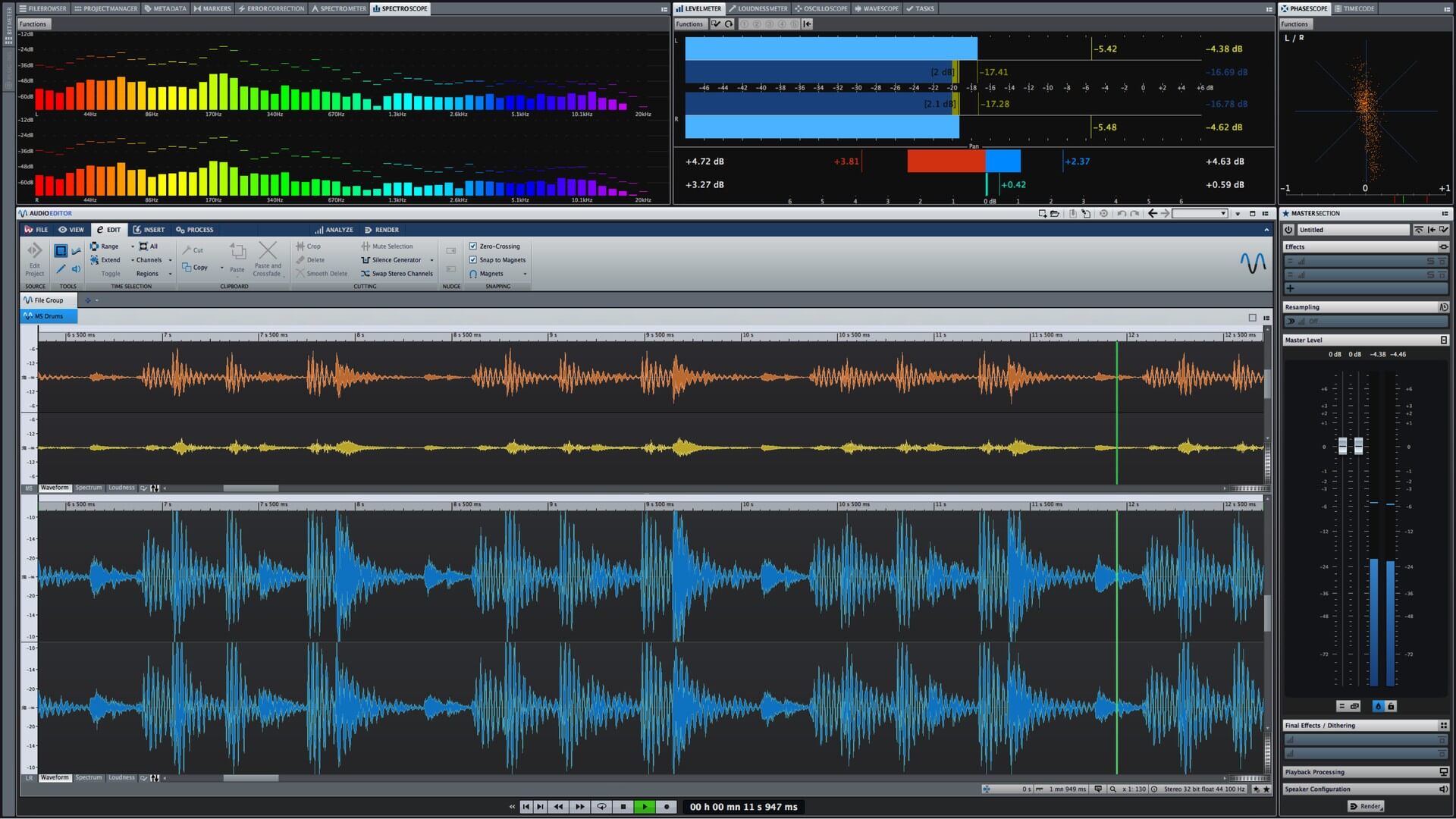Pristine Mastering
It's getting more and more difficult to find hi-fidelity music these days. Now that artists can do their own recording to a digital workstation, buy their own multi-band compressors, and prepare their own final masters, who needs mastering? My answer is that if you record your own projects at home or in a project studio, you need mastering as much as the producer who works with the top engineers in the top studios. The key is outside reference—reference to other projects and to other engineers who have worked on great sounding music.
Mastering is the final step of audio production. The purpose of mastering is to balance the sonic elements of a stereo mix and optimize playback across all systems and media formats. Mastering is done with tools like equalization, compression, limiting, and stereo enhancement.
Think of mastering as the glue, varnish, and polish that optimizes playback quality on all devices—from tiny iPhone speakers to massive club and arena sound systems. Mastering bridges the gap between artist and consumer. The term itself comes from the idea of a master copy. All copies or duplications of the audio come from the master. These copies can be distributed on multiple formats like vinyl, CDs, or tape, as well as through streaming services like Spotify, iTunes, and SoundCloud. Mastering ensures uniformity and consistency of sound between multiple tracks on an album. Ultimately, mastering creates a clean and cohesive feeling across your entire audio project.
So what are the steps to mastering?
Audio restoration
This step fixes any hiccups in the original mix like unwanted clicks, pops, or hisses. It also helps to fix small mistakes that stand out when unmastered audio is amplified.
Stereo enhancement
Stereo enhancement deals with the spatial balance (left to right) of your audio. Done right, stereo enhancement widens your mix, helping it sound bigger. It can also help tighten your center image by focusing the low-end.
EQ
Equalization corrects any spectral imbalances and enhances elements that need to stand out. An ideal master is well-balanced and proportional. This means no specific frequency range is left sticking out. A balanced piece of audio will sound good on any playback system.
Compression
Compression corrects and enhances the dynamic range of your mix and keeps louder signals in check while bringing up quieter parts. This process gives the overall audio a better uniformity and feel. Compression helps glue together parts that might not be as cohesive as they could be.
Sequencing, spacing, & fading
Sequencing and spacing is the process that puts your audio in order. Spacing refers to how much silence is placed between each track. Each track's fade-out (or occasionally, fade-in) should be appropriate to the tempo and mood of the track.
Loudness
One of the last processes in the mastering chain is usually a special type of compressor called a limiter. Limiters set appropriate overall loudness and create a peak ceiling. Limiting makes the track competitively loud without allowing any clipping that can lead to distortion.
Bit depth reduction & sample rate conversion
Sample rate conversion and dither are dependent on the final output medium. For example, if you are planning to release on CD you will need to convert to 44.1kHz/16-bit, then dither your files to get to the standard of format.
My mastering guarantee is simple: if I don't produce an audibly better final master than the other guys, you don't pay. I can help you take your sonic vision from concept to fully-mastered perfection, as high and wide as the Texas sky.


